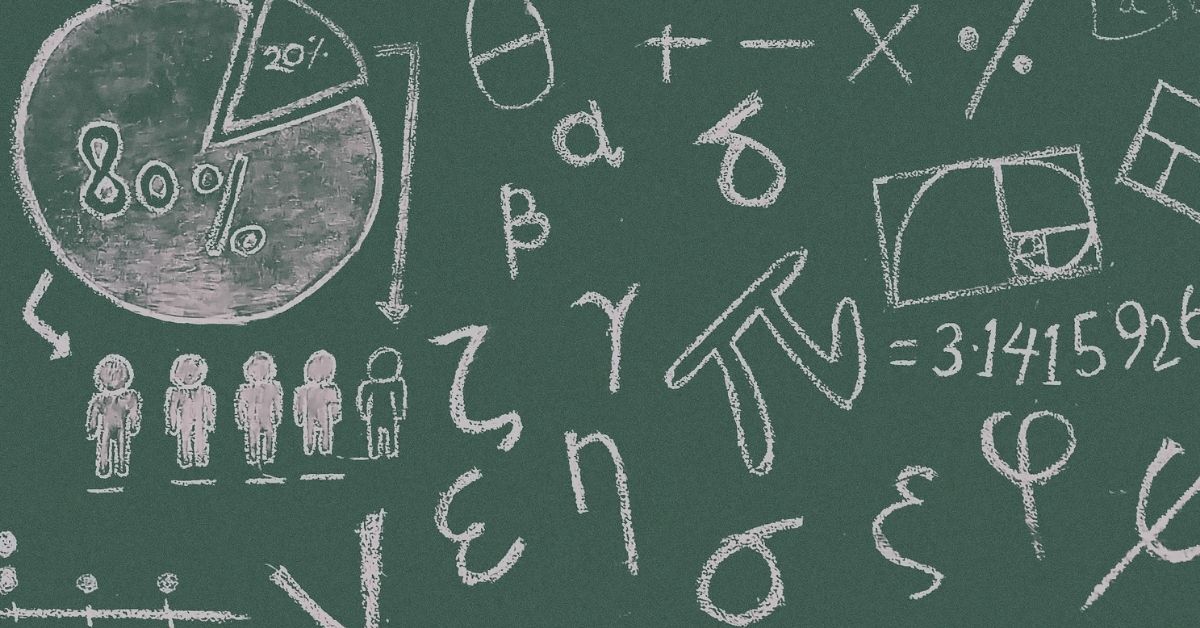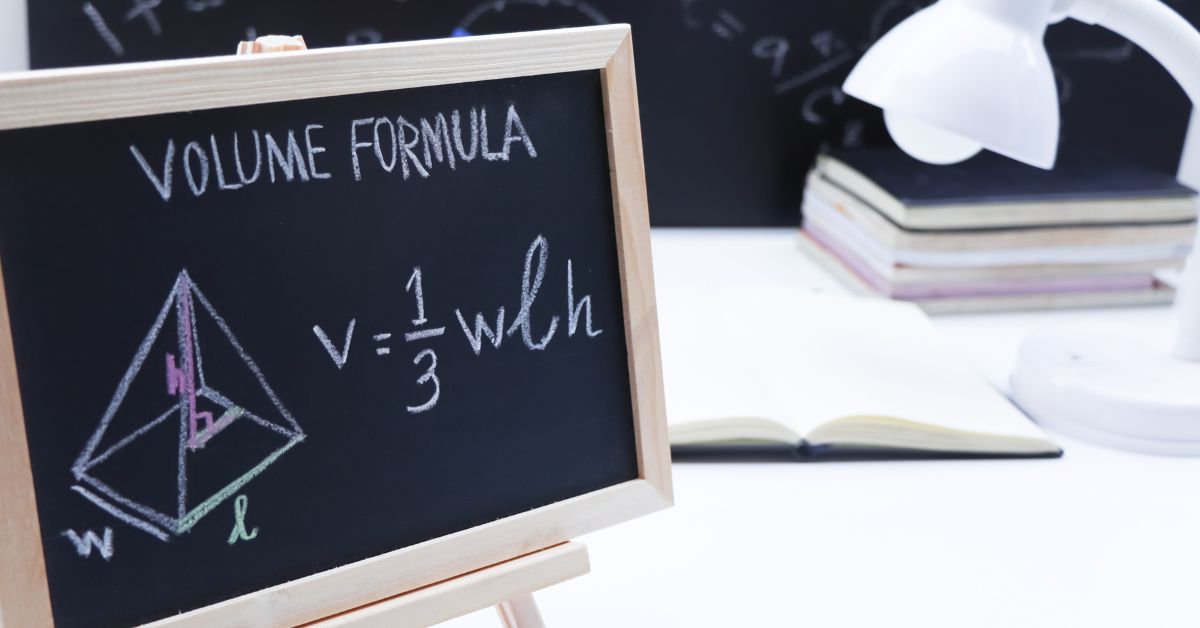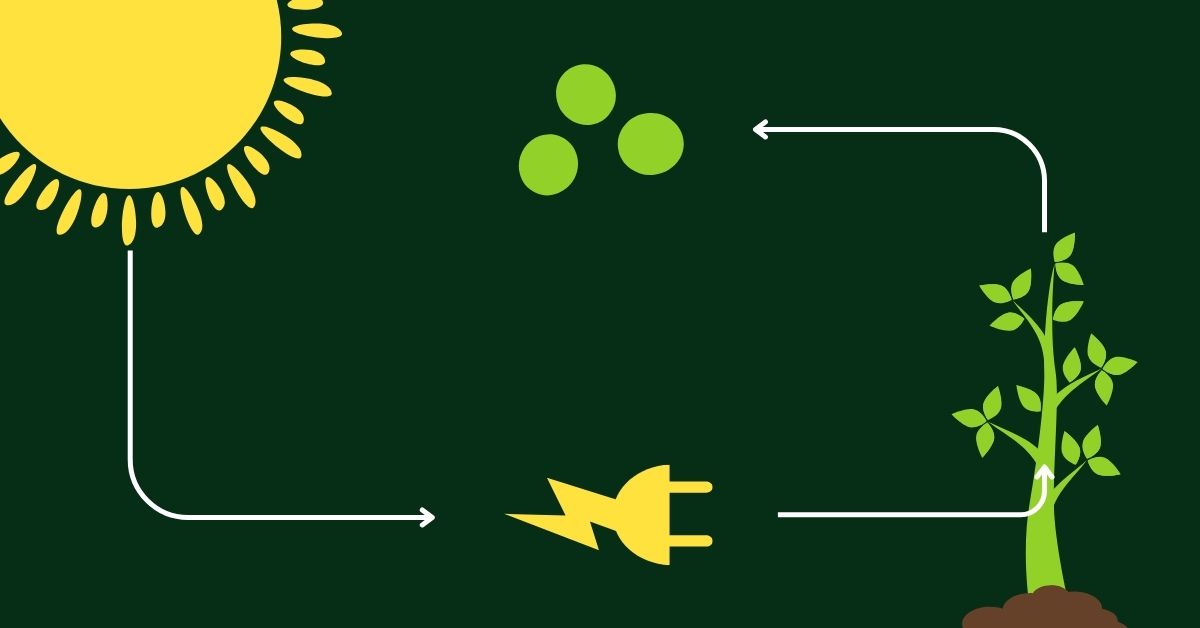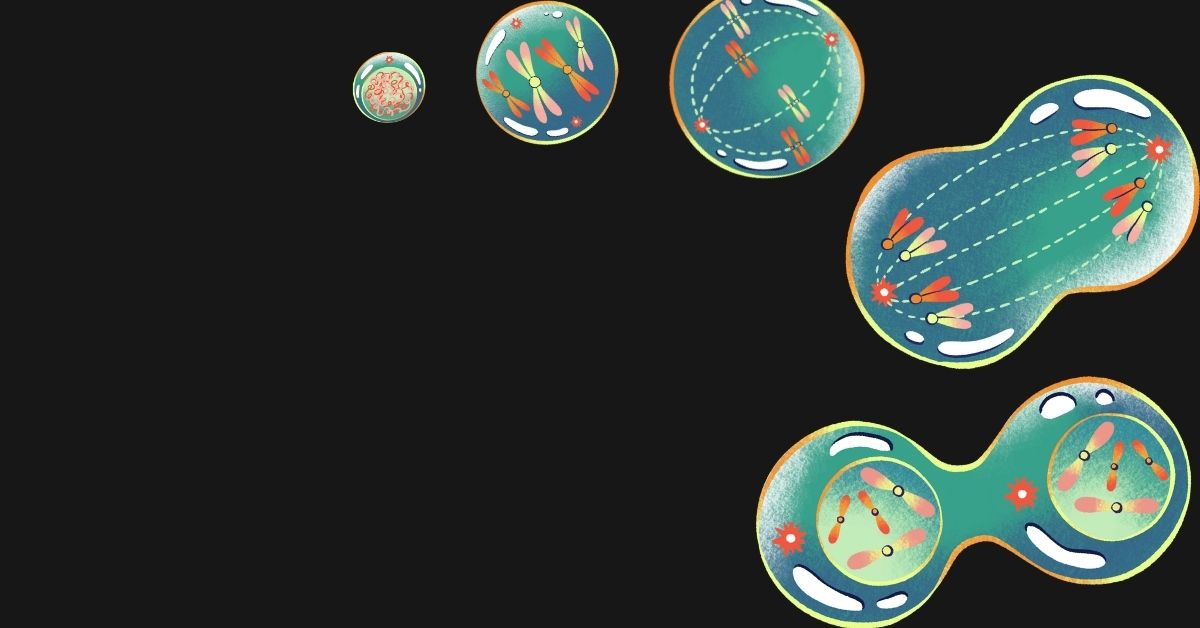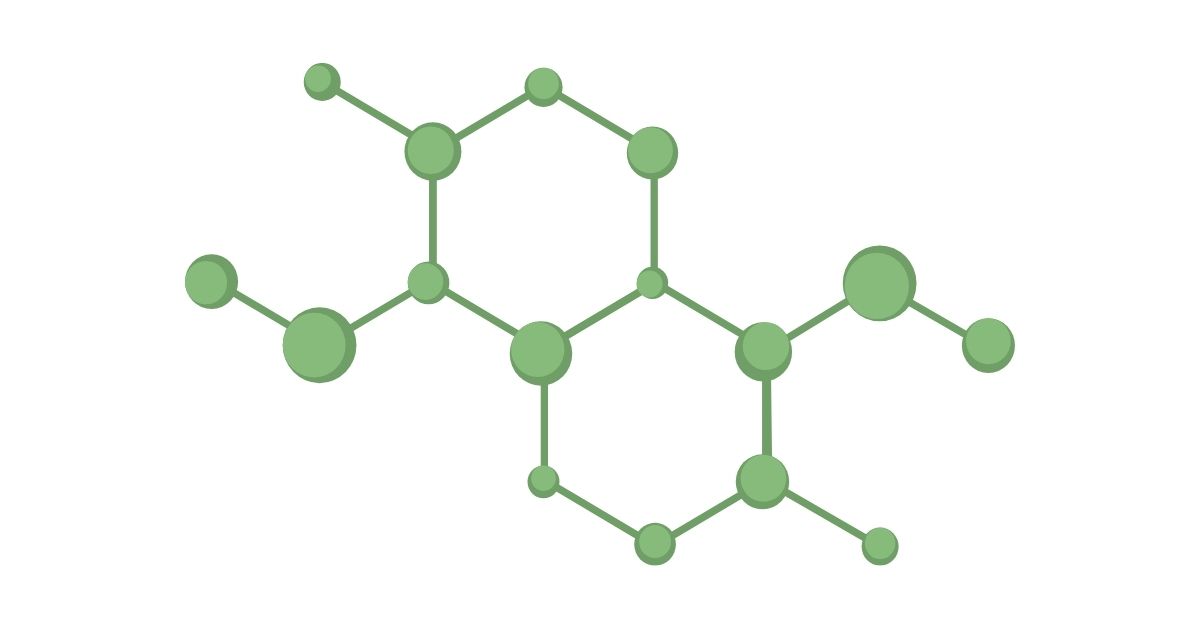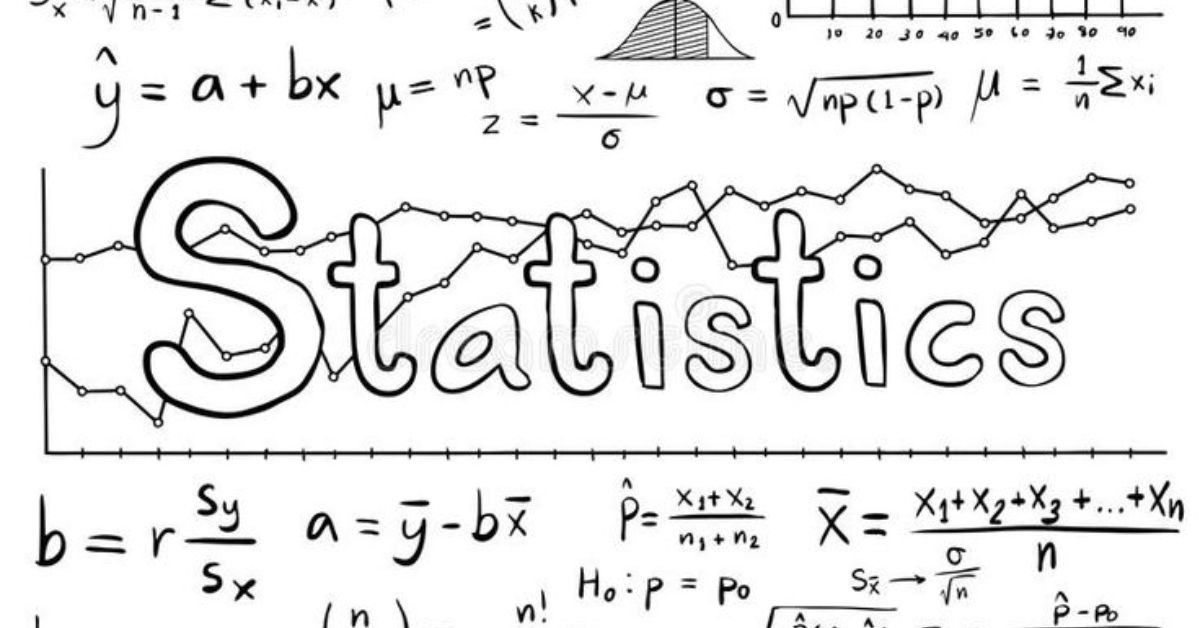Circles are fundamental shapes in geometry. This article dives into Chapters 10, 11, and 12 of your CBSE Class 10 Maths syllabus, equipping you with key concepts, practice questions, and valuable tips to excel!
In this article:
Chapter 10: Circles
- Basic Properties:
- A circle is a collection of points equidistant from a fixed point (centre).
- Radius (r) is the distance between the centre and any point on the circle.
- Diameter (d) is the longest straight line passing through the centre, dividing the circle into two equal halves. (d = 2r)
- Circumference (c) is the total length of the circle’s boundary. (c = 2πr, where π is a constant approximately equal to 22/7)
- Area (A) of the circle is the space enclosed by the circle. (A = πr²)
- Equations of Circles:
- The general equation of a circle with center (h, k) and radius r is: (x – h)² + (y – k)² = r²
Chapter 11: Constructions
This chapter focuses on using a compass and ruler to construct various geometrical features:
- Angle Bisector: Divides an angle into two equal parts.
- Perpendicular Bisector: A line that bisects a line segment at a right angle.
- Perpendicular Lines: Two lines that intersect at a 90° angle.
- Angles: Constructing specific angles (e.g., 30°, 45°, 60°) using geometrical technique
Chapter 12: Areas Related to Circles
- Sector: A region enclosed by two radii and the arc they intercept from the circle.
- Area of Sector (θ/360°)*πr² (where θ is the central angle of the sector in degrees)
- Segment: A region bounded by an arc and a chord of the circle.
- Area of Segment = Area of Sector – Area of Triangle formed by the chord and radii
Practice Questions (with Explanations)
Chapter 10
- Find the circumference and area of a circle with a radius of 10 cm.
- Explanation: c = 2πr = 2 * (22/7) * 10 = 62.86 cm; A = πr² = (22/7) * 10² = 314.16 cm².
- Write the equation of a circle with center (2, 3) and radius 5 cm.
- Explanation: (x – 2)² + (y – 3)² = 5².
Chapter 11
- Construct the angle bisector of a 70° angle.
- Explanation: Use a compass to mark an arc inside the angle from each vertex. The intersection point of the arcs determines the bisector point.
- Draw a perpendicular from a point to a line.
- Explanation: Place the compass point on the given point. Mark two arcs intersecting the line. Join these points with the original point to form the perpendicular line.
Chapter 12
- Find the area of a sector with a central angle of 60° and a radius of 8 cm.
- Explanation: Area of Sector = (60/360) * π * 8² = 8π cm².
- A circle has a radius of 7 cm. If a chord divides the circle into two segments with a central angle of 120°, find the area of the larger segment.
- Explanation: First, calculate the area of the whole circle (πr²). Then, find the area of the smaller sector using (θ/360) * πr². Finally, subtract the smaller sector’s area from the whole circle’s area to get the larger segment’s area.
Tips for Mastering the Topics
- Visualize: Draw diagrams whenever possible to understand concepts better.
- Memorize Formulas: Knowing key formulas is crucial for solving problems efficiently.
- Practice Regularly: Solve problems from your textbook and other resources to solidify your understanding.
- Focus on Steps: Pay attention to the steps involved in constructions and problem-solving.
Previous Year Questions (for reference)
2023:
- A circle has a radius of 6 cm. Find the area of the sector formed by a central angle of 120120/360)π * 6² (formula for sector area) = 4π cm².
2022:
- Two tangents are drawn from an external point to a circle. Prove that the lengths of the tangents are equal.
Explanation: This question requires applying properties of tangents. You can prove it by forming congruent triangles based on the center of the circle, the point of tangency, and the external point.
2021:
- Construct the perpendicular bisector of a line segment 8 cm long.
Remember: These are just a few examples. Refer to previous years’ question papers from reliable sources for a wider range of practice problems.
By understanding the concepts, practicing regularly, and utilizing the tips provided, you’ll be well on your way to conquering Circles, Constructions, and Areas Related to Circles in your CBSE Class 10 Maths exam!

